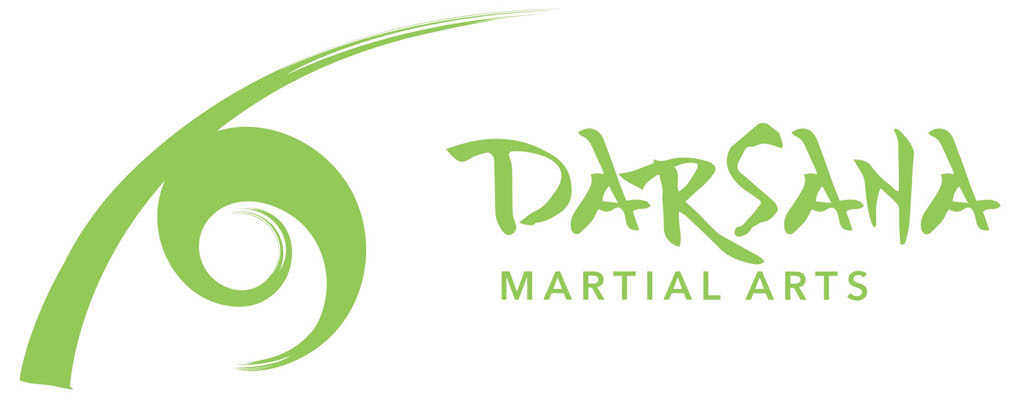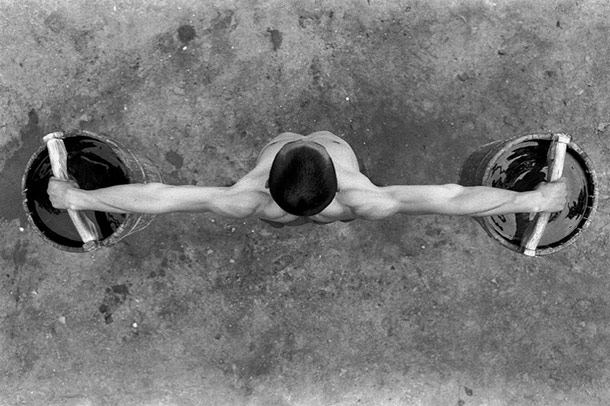When observing Taoist martial arts, one may notice a single repeated shape: the circle. Contrary to how it may seem, this is not merely to give movements grace or beauty. The shape is employed for utilitarian purposes; the beauty perceived by an observer of the movements arises from the harmony they attain through expressing natural laws.
One aspect of the significance of circles is that circles have no stops and no starts, and are equal on all sides. A circle is constantly, gradually changing direction. This constant change of direction means that the Taoist martial artist never encounters opposing force head-on. It also makes any force he applies to his opponent very difficult to resist because the moment the opponent resists in one direction, his force is moving in another. To accomplish this, the circle must begin in our intention and awareness. No straight lines in our minds or movements, and no corners. Over becomes down – which becomes under – which becomes up – and so on.
If one part of the circle moves, the entire circle is set in motion. There is no segmentation or disconnection in a circle. When one side moves down, the other moves up. When one side moves forward, the other moves back, etc. In this way, circular motion connects and employs our whole body in every movement. When looking at the reciprocal relationship of two sides of a circle, one can clearly see the yin-yang relationship inherent in circular movements.

